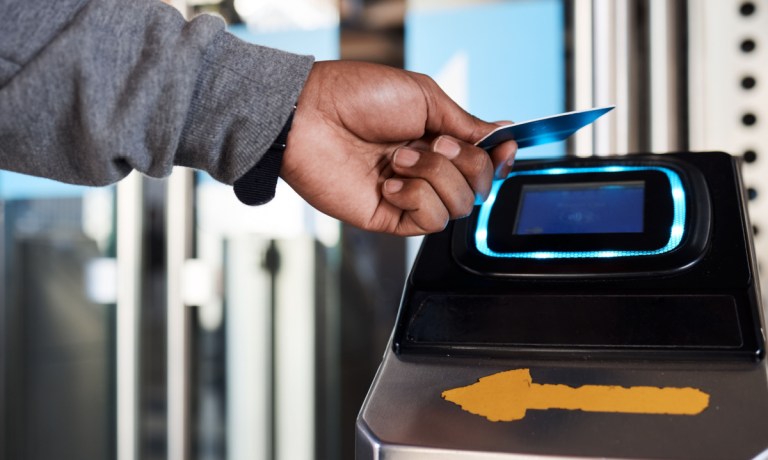Cities Tap Contactless Payments to Transform Urban Mobility

In the past, urban travel often meant wrestling with cumbersome paper tickets or scrambling for exact change at transit stations. However, with the roll out of smart city payment systems, such as contactless card payments across public transport networks, this landscape is rapidly changing.
Now, commuters can breeze through turnstiles and board buses with a simple tap, eliminating the need for physical tickets or cash. This shift is not only streamlining the travel experience for both locals and tourists but also enhancing overall urban mobility.
That’s the experience Las Vegas is offering both tourists and local riders through the recent introduction of an open payments system across the RTC Southern Nevada transport network.
Travelers navigating the city can now tap their contactless credit and debit cards or use their Apple Pay or Google Pay mobile wallets to pay for transit rides, all without the need to download RTC’s mobile app.
“This is the next evolution of RTC’s Tap & GO enhanced fare collection service to make payment as easy and convenient as possible for transit customers. This option is especially attractive to visitors catching an RTC bus who do not need to purchase a paper pass or download an app,” RTC said in a Dec. 20 news release.
The RTC Tap & GO functionality complements the single-ride feature introduced in the RTC app in June of last year, along with the cash-to-mobile option available in the RTC app since December 2020.
In Australia, the Hobart Airport’s SkyBus service has launched a similar initiative. Since October, passengers arriving at the airport and heading into the central business district now benefit from contactless payments for travel as part of an open payments solution.
Meanwhile, three Japanese commuter rail companies — Kintetsu Railway, Hankyu and Hanshin Electric Railway — are set to implement contactless fare payment systems across multiple cities this year, The Japan News reported. Tokyo Metro, which operates subway lines in the capital city, is also expected to start a trial for the service on select lines this year, according to a Nikkei Asia report.
But before Las Vegas, Hobart and soon Tokyo, there was London. Widely acknowledged as a pioneer of this trend, the European city was the first to have launched an open-loop system for buses in 2012, a service which has since expanded to the whole Transport for London network.
In an interview with Cities Today last year, Transport for London’s Head of Customer Payments Andrew Anderson emphasized the importance of streamlining transport ticketing and expanding contactless payment options across the entire country to ensure a more seamless travel experience.
“By simplifying the national fares system, you could drive innovation, such as expanding contactless, more easily across a wider area,” Anderson said, adding that this approach would result in more people using public transportation.
These efforts align with findings from PYMNTS Intelligence research, which highlights consumers’ growing engagement in various digital activities, notably within the digital travel space.
The research revealed a year-over-year increase of almost 10% in consumer involvement in this sector, reflecting a significant shift towards leveraging digital platforms and services for planning, booking and managing travel-related tasks.
Of particular note is the nearly 30% increase in daily engagement with local transport apps among the digital travel activities tracked. Per the study, consumers are increasingly relying on these apps to navigate daily commutes and travel requirements, given the convenience and user-friendly interfaces they provide.